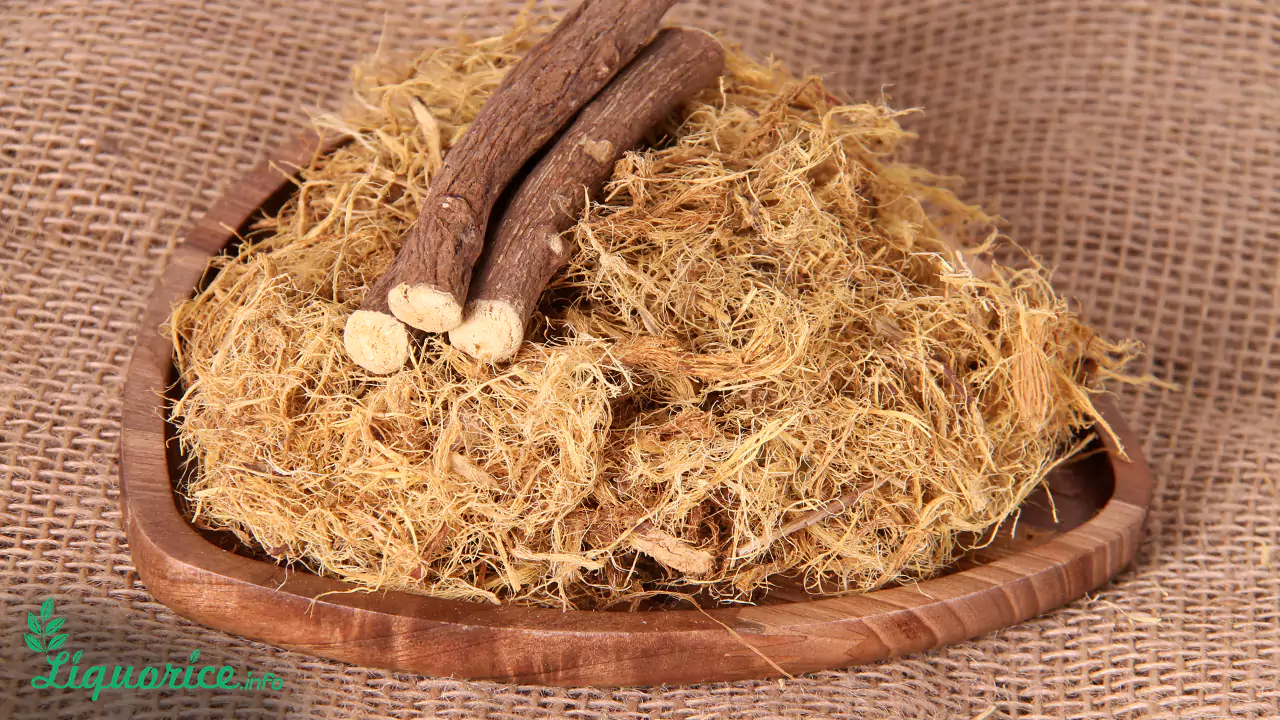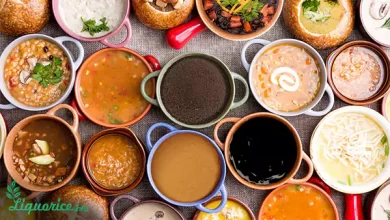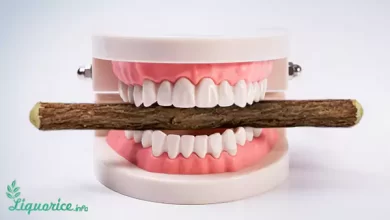Licorice Use in Confectionery
The History of Licorice Use in Confectionery

Licorice is a herb which is used in various industries such as confectionery, candy and chocolate. It makes a distinctive flavor and aroma in confectionery products. It has been consumed in cooking since ancient times. This plant has also some benefits for our health.
In this article, we pay attention to licorice use in confectionery.
The Benefits of Licorice Use in Confectionery, Candy and Chocolate
A huge amount of sugar and food additives are used in confectionery products. Licorice is also used as a natural flavoring and sweetener in this industry.
Because cakes, sweets, chocolates and candies contain sugar, they have a harmful effect on health and obesity.
On the other hand, licorice has a positive effect on weight loss. So, you can enjoy the confectionery products containing licorice and you don’t have to worry about obesity. This natural sweetener has many advantages in comparison with artificial ones. They also protect your oral and dental health. In addition, licorice has some other benefits for your body such as weight loss, treatment of stomach disorders and fatty liver, strengthening the immune system and etc. Licorice has a long history of treating bronchitis, cough, cold and sore throat, digestive problems.

The History of Licorice Use in Confectionery
The use of licorice in chocolate, sweets and candies in the Nordic countries has a long history and countless fans. These chocolates and candies are available in different forms. This plant gives a special herbal taste to the products.
In Europe and China, licorice root in dried and natural form has been very popular as a sweetener since ancient times. Over time, licorice candy makers have produced various flavors including strawberries, cherries, raspberries and other flavors. Licorice in cooking and confectionery has been used since the Middle Ages.
Licorice is also used in pastilles and jellybeans. They
do not contain sugar, so they have fewer calories and are almost suitable for people on a diet. These pastilles have a sweet and distinctive taste. Moreover, they soothe sore throat and freshen our mouth.
Anise oil is sometimes used instead of licorice.
Licorice confections were first bought in European countries but now is common in other regions as well.
In Netherlands a licorice confection called “drop” has been very popular. It can be mixed with other flavors like mint, ginger etc., to have variety. Another kind of licorice confection is “Salmiak” which is mixed with a little salt and ammonium chloride.
Pontefract in England is one of the places in which licorice grows. It is said that it was the first place where licorice was mixed with sugar and since that time licorice was consumed in making sweets. In 16th century England, the licorice confectionery industry was born and has been a classic favorite ever since. In Italy and Spain people prefer to use licorice in natural form. Natural licorice roots are sold in sweet shops.
Black licorice is also considerable in confectionery.
Black licorice in market is available in two forms: solid licorice extract block and the processed one in rolls and twists. It is flavored and colored with licorice root extract. They have various sizes and forms like twists, balls, ropes, tubes, straws, rolls etc.
In the market there is a product called “red licorice”, which is mostly found in the form of rolls; but there is no licorice in it. Other flavorings like cherry, raspberry, cinnamon and many others are used.
Licorice extract or powder can be also consumed in making cakes and sweets or used as syrup for dressing desserts. Using licorice is common in chocolate cakes.

Provided and Edited by: Meysam Shokripour (Sepidan Osareh Jonoob Co.)
References : iranlicorice.com





